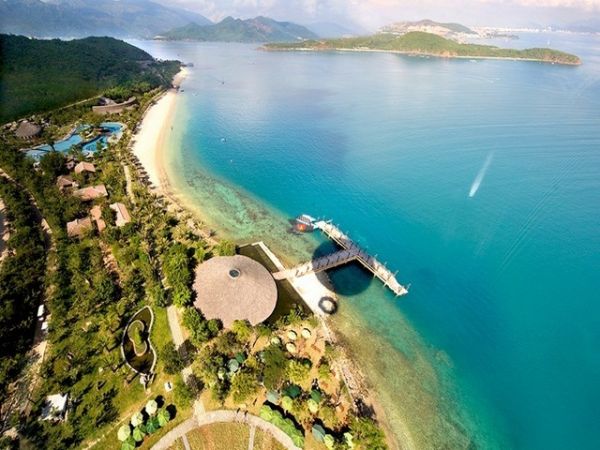LONG SON PAGODA NHA TRANG

Long Son Pagoda, also known as White Buddha Pagoda, formerly known as Dang Long Tu, is located at 22 October 23 Street, Phuong Son Ward, Nha Trang City, Khanh Hoa Province, at the foot of Trai Thuy Hill, Nha Trang. This temple was built in 1886, underwent many renovations, and is now the most famous temple in Khanh Hoa province (Vietnam).
Long Son Pagoda Nha Trang History:
Long Son pagoda was founded by the Most Venerable Thich Ngo Tri (born in 1856), the sublime Pho Thuong Tri, and named Nguyen Tam Van Nghi. self. At first, the pagoda was just a cottage on the top of Trai Thuy hill (where the current white Buddha statue is located). In 1900, the Pagoda collapsed after a storm, so Khai Son decided to move to the foot of the mountain and renamed the Pagoda Long Son Tu.

In 1936, at the request of To Ngo Chi, the Pagoda was dedicated to Hoi An Nam Buddhist Studies to be the headquarters to revive Khanh Hoa Buddhism, which is still the headquarters of the Vietnam Buddhist College in Khanh Hoa province. In 1938 Bao Dai's 14th year, the Pagoda was named "Sac Tu Long Son Tu".
In 1941, the Pagoda was restored and built by President Ton That Quyen and Buddhist Buddhist Vo Dinh Thuy. In 1968, the pagoda was struck by tile roofs due to the war. In 1971, Venerable Thich Thien Binh stood out to renovate the temple and until 1975, the restoration was only 60% done according to the design of architect Vo Dinh Diep.

Long Son Pagoda Nha Trang Architecture:
White Buddha Statue Long Son Pagoda Nha Trang:
The temple precinct is 44.5 m wide and 72 m long. Next to the pagoda is the lecture hall of Khanh Hoa Buddhist College and the headquarters of Khanh Hoa Buddhist. The main hall is 1,670 m², with a bronze Buddha Patriarch sitting on a sermon, 1.6 m high, weighing 700 kg.

From the pagoda, to reach the top of Trai Thuy hill, you have to go up 193 steps. At the 44th stage is the statue of Buddha to enter Nirvana 17 m long and 5 m high. The statue was built in 2003. Up from the 5-meter Buddha image is a bell tower with a common persimmon height of 2.2 m, weighing 1,500 kg donated by Buddhists in Hue in 2002. At the top of the hill is a statue of Kim Than Buddha (also known as the white Buddha image) sitting in the sermon, the 24-meter-high statue, the lotus throne, and the 7-meter-high base are easy to see in a wide area around the temple.
The statue was built in 1963 thanks to the contribution of Buddhist monks and nuns in the vicinity. Around the lotus is a portrait of seven monks, self-immolating in self-immolation to protest Ngo Dinh Diem's persecution of Buddhism between April and September 1963. At the foot of the lotus is a wall divided into small compartments to contain the remains sent by Buddhist families.
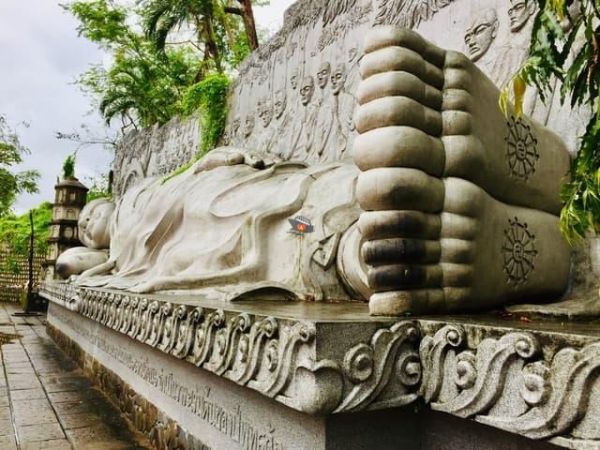


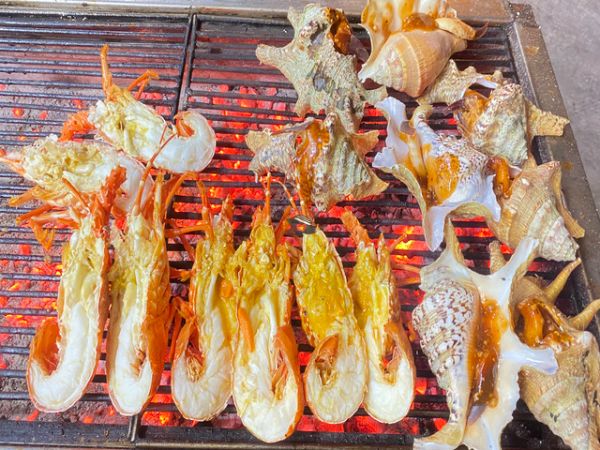
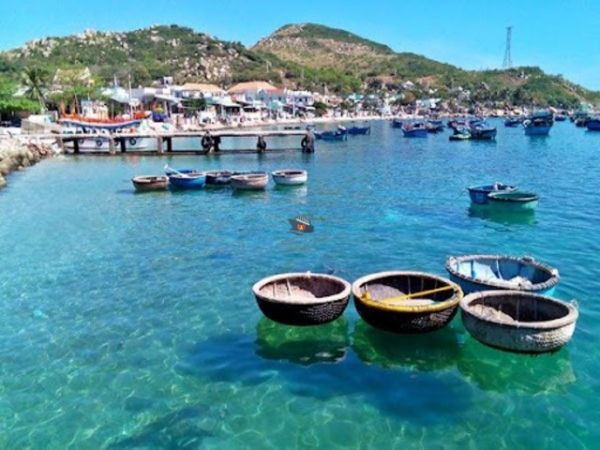


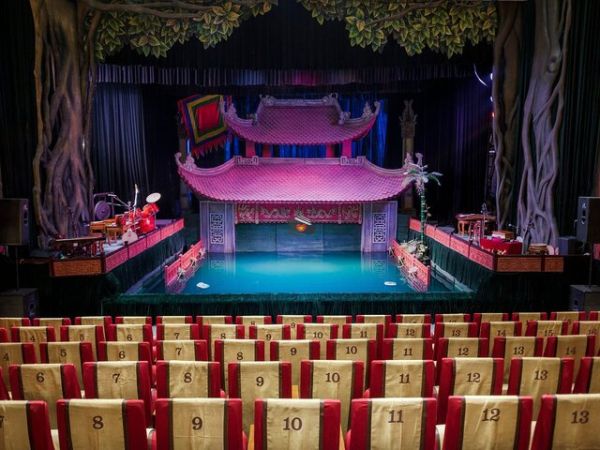

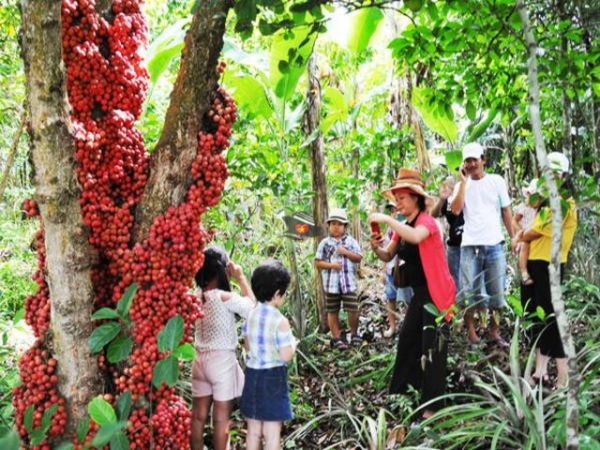
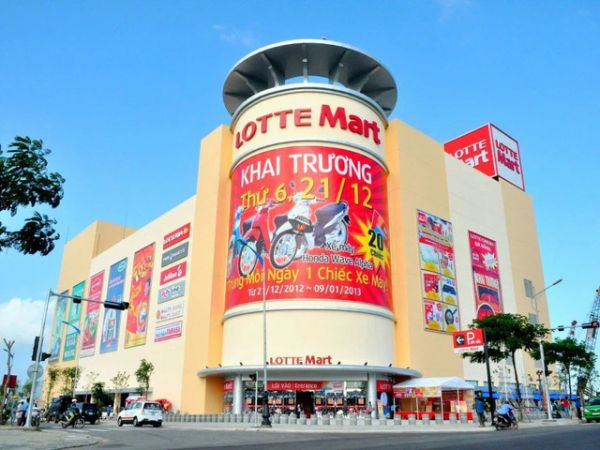
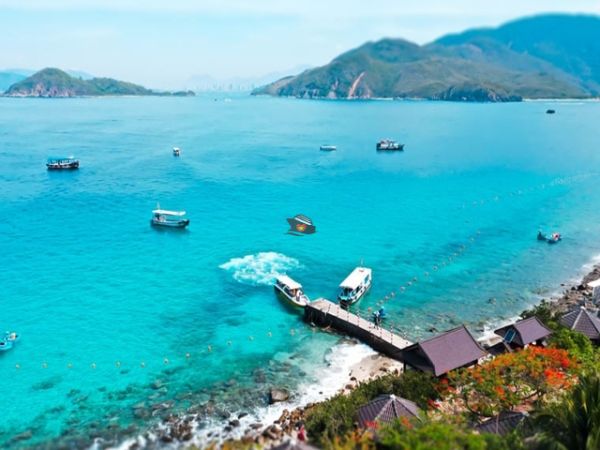

.jpg)
